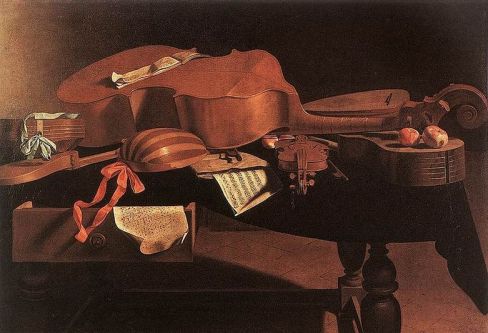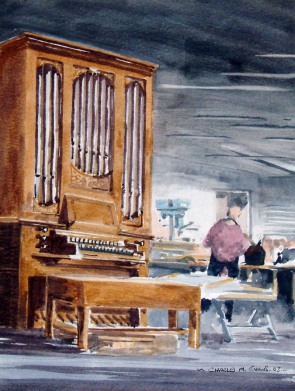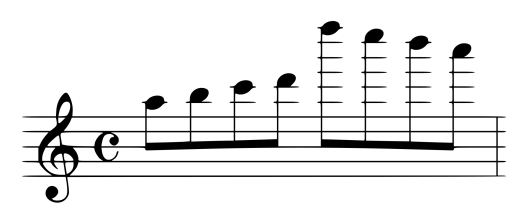Of or pertaining to works of the early 17th century that combine and contrast vocal and instrumental forces, especially through the introduction of the *thoroughbass. The modern use of the term in this way was promoted by Manfred Bukofzer (Music in the Baroque Era, New York: Norton, 1947). The numerous sacred works of the period in this style were usually titled concerto.
Monthly Archives: March 2015
fugato [It.]
A fuguelike (and thus contrapuntal and imitative) passage occurring in a larger work or movement that is not itself a fugue, e.g., in the development section of a movement in sonata form; also a fugue-like piece that in one way or another does not incorporate the usual features of a *fugue.
manual
ledger line
A short line parallel to and above or below the staff, representing a continuation of the staff and used to indicate pitches above or below the staff itself [see Notation]. The use of ledger lines can be avoided by the appropriate choice of *clef, as is most often done in music through the 16th century. An early example of their extensive use, however, is Marco Antonio Cavazzoni’s Recerchari motetti canzoni for organ of 1523.


